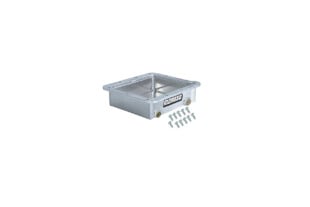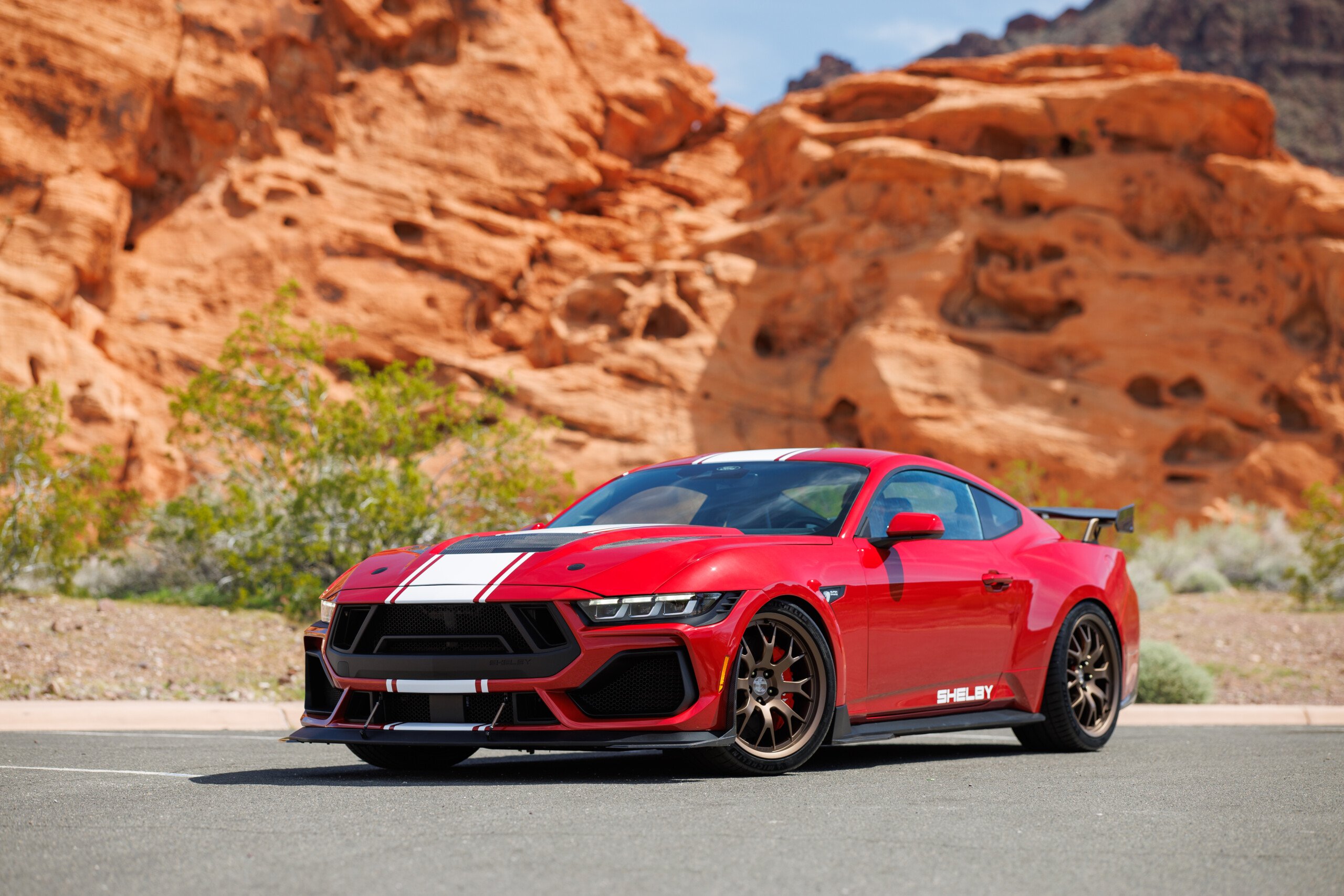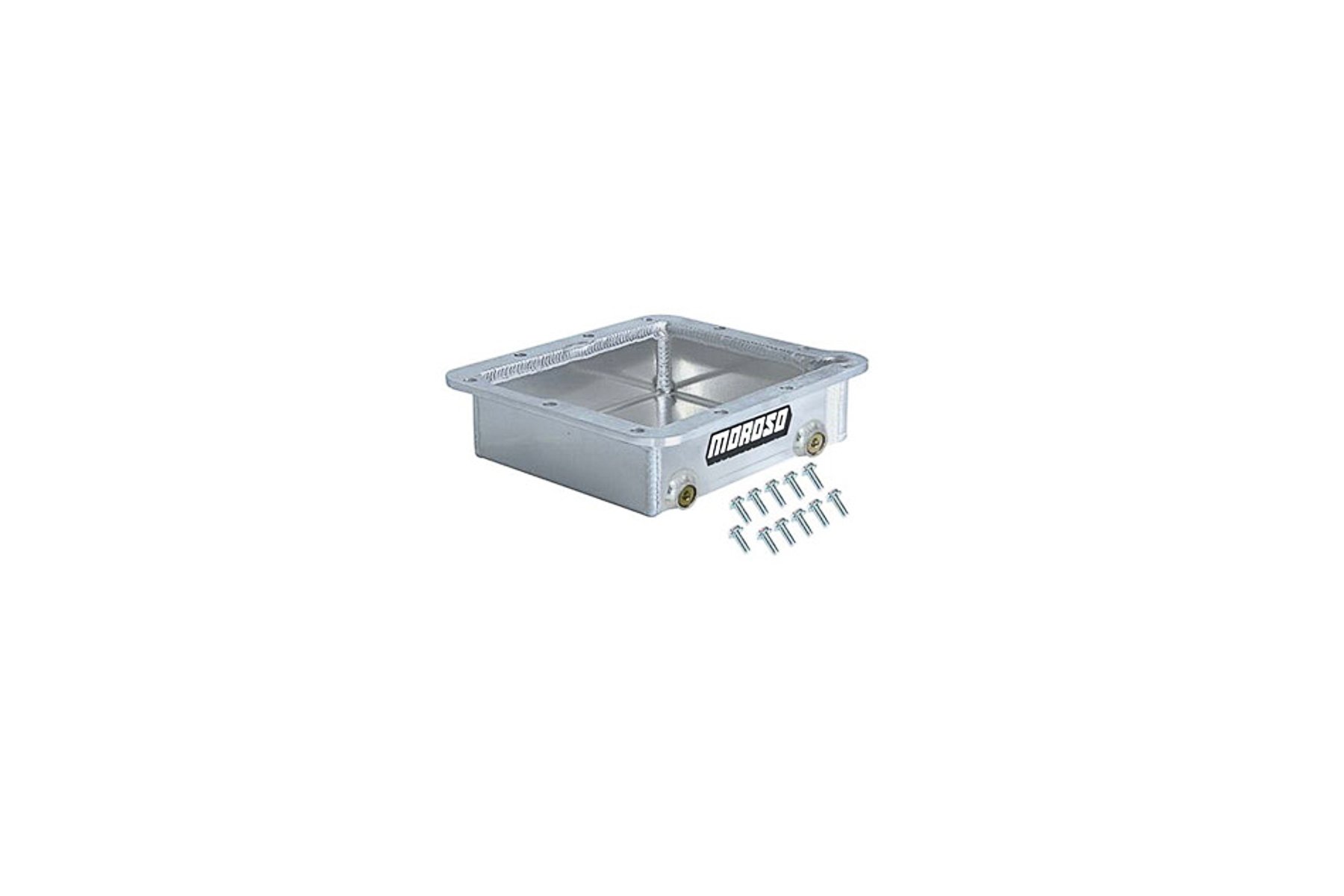One valuable lesson I’ve learned from purchasing vehicles is that many people’s timelines tend to deviate from reality. In the case of my second-generation Lightning, the previous owner asserted that the truck had only been sitting for a few weeks, citing suspicions of failing fuel pumps. However, a quick check on Google Maps showcased the flat-tired Lightning in its stationary location contradicting this claim, the lovely scent of soured fuel seconded the notion. Regardless, the issue became inconsequential due to the spectacle described in the introduction to Project Zeus, where a fireball obliterated the fuel pumps in my driveway, erasing any traces of the previous owner’s deception.
Nevertheless, my dissatisfaction with the dated factory fuel system had been set in place, prompting me to devise a comprehensive strategy for an entirely new fuel setup – one that would avoid the factory fail points and increase flow. The goal was to modernize and maximize the truck’s fueling without compromising driveability.
A Legend Needing Modernizing
The SVT Lightning, revered as a legend of its era and an enduring icon for a generation, stands out as one of the pioneering American muscle trucks. The truck boasts a supercharged powerplant within the strut towers of its single-cab chassis, a first for the Blue Oval. However, after two decades, it’s no surprise that its wiring and electrical architecture have become somewhat archaic.

The Deatschwerks products are set to provide our entire fuel system with the much-needed upgrade. Meanwhile, Fast Orange will ensure I don’t end up using the kitchen towels again.
Although the resourcefulness of the enthusiast community has devised workarounds, such as upgrading wiring gauge to accommodate voltage for larger pumps and incorporating 1997 Expedition fuel rails for fuel pressure regulator installation, these solutions still hinge on a lot of the factory components. I had no intention to piggyback off the old and was set on finding a fuel system that would replace the fuel system in its entirety, and maybe with a little luck I would be able to score everything from one place.
Starting From The Rear
Despite the enduring popularity of these trucks over the years, it’s evident that very few brands extend support to the limited-production Lightning. I chalk it up to just another perk of owning a niche vehicle. In my quest for a suitable upgrade, I came across the recently released X3 hanger from DeatschWerks for the Ford Lightning. Recognizing the opportunity to go all out, I deemed this hanger a perfect starting point.
For avid readers of Ford Muscle, you might recall when I first received the X3 fuel pump hanger from Deatschwerks. The CNC-machined precision of the fuel pump hanger seemed almost too nice to be simply dropped into the old, dusty fuel tank. Its versatility turned out to be precisely what I was seeking, though. Capable of accommodating up to three fuel pumps, each with its dedicated internal fuel output that converged into a single -8AN line in the top hat. Additionally, a -6AN return line efficiently directed unused fuel back to the tank. It allowed for the reuse of the factory fuel level sensor, although, true to form, the sending unit’s wiring detached internally, necessitating resoldering. It’s always something, isn’t it?
The comparison between the Deatschwerks and OEM Ford fuel pump hanger provides a noticeable difference between the two. The Deatschwerks unit provides 250-percent more flow than the OEM and offers dedicated fuel ports per pump, individual power terminals for pump one, and ability to stage fuel pumps in an aftermarket ECU.
When asked about my pump size I needed, I jokingly quipped, “Give me one of the big ones — actually, let’s make it two, and Harry, I need it tonight.” Unfortunately, my attempt at movie humor failed to translate through the phone, leading to an awkward silence that left me feeling more like a kook than a comedian. Nevertheless, two DW400 pumps promptly arrived at my doorstep. With each DW400 able to pump out 415 liters per hour and a horsepower rating of 750 on E85, this pair of pumps should provide me with enough fuel volume for my current engine phase and any subsequent ones.
I Got Hose
While the new fuel pump hanger and corresponding fuel pumps present a massive upgrade with the capability to support substantial horsepower numbers, they also necessitated an upgrade to my fuel lines. The factory hardlines could no longer be utilized without adapters, which to be honest struck me as concerning. After all, I was batting 500 for igniting a fuel fire.
The PTSD from previous self-inflicted (read: lack of proper tools) experiences with AN hose building — reminiscent of an angry tattoo artist holding a thousand needles — had me fearing the worst. However, working with the PTFE hose proved to be extremely easy. I could cut it, install fittings from the DeatschWerks plumbing kit onto it, and do so without splattering blood on the garage floor or yelling obscenities – how nice!
Fuel Injectors And Regulator
After consulting with their technical staff and suppressing my dad-joke impulse to prevent additional embarrassment, we settled on a set of 78-pound injectors for current setup consisting of what most would call a “full bolt-on” running on E85 fuel. Although the Lightning had been equipped with a knockoff brand of 80-pound injectors previously, a prior failure in a different engine had raised significant concerns regarding injector performance.
The troubling 20-percent variance I had experienced in the past was successfully addressed with the flow report from Deatschwerks. At 100 percent the injectors varied between 78.- and 79.3 pounds, a mere 1.08 percent difference between the two outliers. The average flow rate between the injectors at static was 78.9 pounds, even overstepping their advertised size.
Not only did these injectors outshine their projected number of 800cc, but the variance was only 1.08-percent! An upgrade that kept my mind from constantly fearing another meltdown of epic proportions.
Now, with aftermarket fuel rails and injectors in place, I could install an adjustable fuel pressure regulator. The Deatschwerks fuel pressure regulator mounted cleanly on the firewall. Not only that, but the fuel pressure regulator has four -8AN inlet ports and a single -6AN outlet. With the way I set my fuel system up, I have one inlet from the fuel rails, leaving me three ports. Of those three, I installed a Deatschwerks fuel pressure gauge for diagnosing fuel issues while under the hood. I also mounted an Autometer electronic fuel pressure gauge for an easy-to-read display in the cab. This fuel pressure regulator is rated at 1,000 horsepower and once again should hold me over, unless things get wild.

It’s challenging to achieve a tidy appearance in a factory engine bay, but the Deatschwerks fuel pressure regulator seamlessly integrates with my firewall. This allows me to make precise adjustments to the fuel pressure, adjusting it in increments of 2 psi. I can easily monitor the changes either on the gauge in the engine bay or from the comfort of the cab.
Wire Do’s and Wire Don’t
With everything plumbed, only one task remained: wiring. Wiring has never been my strong suit, and even when I believe I know what I’m doing, I manage to find new, innovative ways to complicate things. In this instance, as I was wiring up the fuel pump, I attempted to showcase my wiring skills by tidying it up with the use of zip ties for photos in a previous editorial. Unfortunately, I had not considered that the pump was a two-piece unit and needed to be taken apart before being dropped into the fuel tank. Out came the snips, and my zip ties were tossed aside.

Not only did I manage to zip tie wires together for photography purposes, but I originally had installed the connectors facing outwards, which unfortunately collided with the rim of the fuel tank. Doh!
The remaining wiring proved to be extremely straightforward by using the Deatschwerks dual fuel pump hardware kit. The fuel pumps receive power directly from the battery via a fused link between them. The negative wire was securely mounted on the framerail, and the only factory wiring I had to utilize was the power to pump as a trigger wire and the switch to relay. This setup allowed me to retain the use of my factory fuel gauge for display purposes. In areas where my wiring skills faltered, Deatschwerks provided a user-friendly experience that made me feel like a professional, or at the very least, someone who knows what they’re doing.
Pumping Fuel With Authority
With everything hooked up, I anxiously turned the key to the “on” position before turning the key to start the Lightning. As the truck idled, albeit roughly and in serious need of a retune, I dove under the truck’s undercarriage, inspecting for any signs of fuel flowing out of my personally built lines, hoses, or numerous fittings. Fortunately, there were none! The fuel pressure gauge read 60 psi, a number that I promptly reduced down to 42 using the Allen key screw and lock nut on the fuel pressure regulator.
While my garage time is typically limited due to household responsibilities, this entire installation surprisingly took about the same duration as my wife’s solo trip to Target. The upgraded fuel system not only offered a comprehensive workaround for the factory fuel system but also serves as the linchpin for future builds, thanks to its ease of upgrade. Now that the fuel system is completed, it’s time to turn my attention to the spark and tune on this Lightning. Stay tuned for our next update.






















